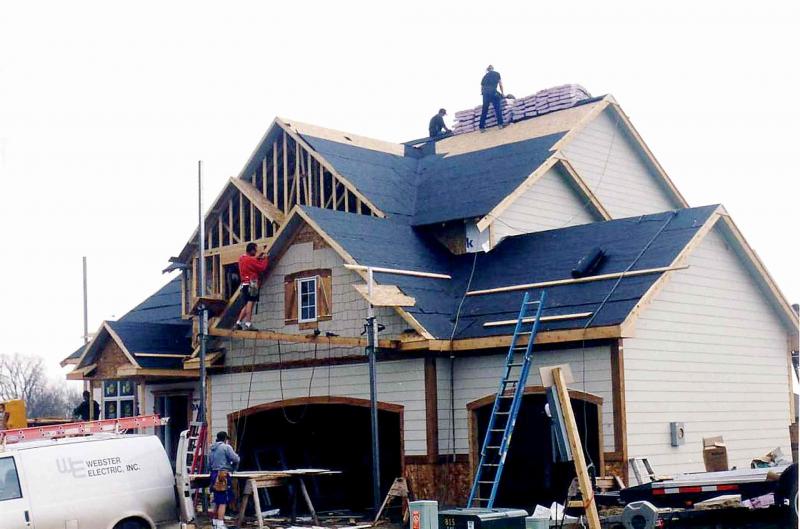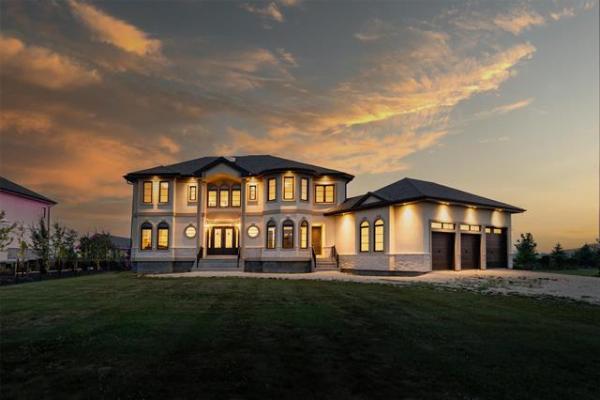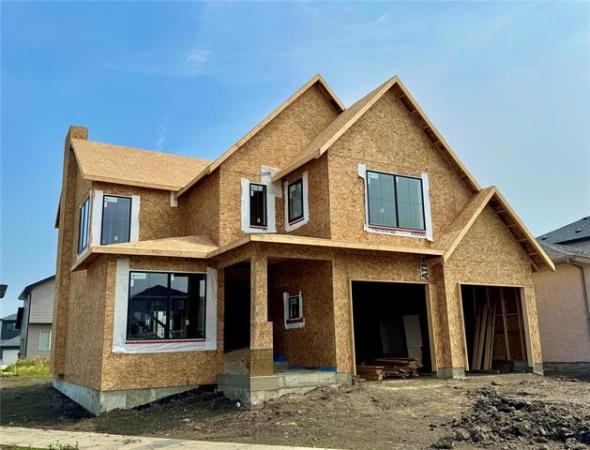Question: I'm going to be building a new 1,700-square-foot bungalow in Winnipeg and I was hoping you could help me with a few issues. I'm wondering if it's worth the cost to have roofing paper put on my roof before the shingles. There are different types of sheathing available and it seems there is also a variety of opinions as to the cost versus value of that activity. I'm also considering doing a wrap on the outside of the basement walls for better insulation and to reduce possible future cracking. I have noticed that most custom builders apply both these products during their build cycle but most lower-cost builders do not.
Your opinion would be most appreciated.
Thanks, James Lewicki
Answer: Yours is one of the most practical inquiries I have recently received, so it will have the most straightforward answer. Yes, to both items. Both of these simple add-ons will improve the life expectancy and durability of two main systems in your new home.
Roofing materials and techniques vary considerably with geographic differences, even in a country like Canada where weather conditions in all four seasons differ considerably. The reasons for this are not fully understood, but one consistent item is considered a best practice in all areas. Installing a protective layer over top of the roof sheathing is a good idea before installing bitumen-based shingles. This can vary from common bitumen-impregnated roofing paper, often known as felt, to newer high-tech polymer membranes. The right material for your home should be the question. The answer to that question will depend on the type of roofing, the location, the opinion of the roofer and budget considerations. My own opinion is adding any of these thin sheathings will help extend the life of the new roofing, and prevent leaks should premature deterioration occur for any reason.
Another item to consider, but which should not be totally relied upon, is the manufacturer's warranty for your new shingles. Many roofing suppliers will require some form of roofing membrane underneath their product for the warranty to be valid. This may vary from company to company, but with the newer lifetime warranties on many products, it is best to follow their instructions should you run into problems. There are numerous cases of defective or substandard roofing products showing up, and giving the manufacturers extra ammunition to deny a legitimate claim for compensation is poor planning. If they state that roofing felt or equivalent is required for a warranty to be valid, you had better spend the extra money to install it, just in case a problem occurs.
As previously stated, the choice of membrane(s) will depend on the style or roof, location and roofer's preference. You may choose simple felt if your roof has a medium pitch and no fancy configurations or obstructions. If your roof is low pitch, has a very complex design with different pitches or you are using different roofing materials such as metal, cedar or tiles, then a higher quality, or thicker, membrane may be required. Most roofers are now installing a self-adhesive eavestrough protection membrane along the bottom of the roof and in valleys, which should also be used in conjunction with the other sheathing. Ask the builder or the roofer for options and choose the one which best suits your budget.
As far as foundation membranes versus simple bitumen coatings, installing a membrane is the superior choice. These may differ in composition from flexible blueskin style, self-adhesive rubberized types to semi-rigid dimple sheathings. The main benefit of the self-adhesive membranes is the flexibility, which may allow for tremendous extremes in temperatures without losing its integrity. Because of this property, the surface may be easily punctured, so adding a protective layer of polystyrene insulation or other sheathing may also be needed. The semi-rigid type of sheathings are much more durable, but have to be adhered to the foundation with metal fasteners. These should not require added protection from the backfill, but may require a damp-proof coating on the foundation prior to installation, depending on the area of construction.
When building a new home, taking extra measures to ensure certain areas remain problem free for many years is always a good option. As you have stated, the higher-end builders all seem to include the additional roofing and foundation membranes, while the traditional builders have them as options. That is because the true custom builders are using best practices, while the tract builders are only doing enough to meet the building codes. Almost all items like these, which go above and beyond the necessary, will improve the longevity of the existing systems. When it comes to roofs and foundations, where preventing moisture intrusion is critical, the added protection should be well worth the extra cost.
Ari Marantz is the owner of Trained Eye Home Inspection Ltd. and the past president of the Canadian Association of Home & Property Inspectors -- Manitoba (cahpi.mb.ca). Questions can be emailed to the address below. Ari can be reached at 204-291-5358 or check out his website at trainedeye.ca.
trainedeye@iname.com




